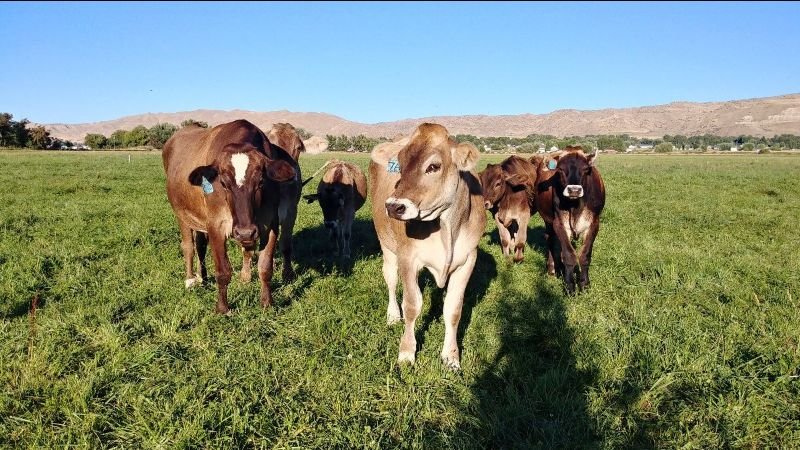Where did the minerals go? Soil and Stress
Why is it that health-conscious people are unable to meet their nutritional needs through judicious food choices? The truth is that no one really knows, but we have two pretty good guesses: soil and stress.
The soil is the starting place for nutrition. Because the soil is depleted, our food and our livestock’s food isn’t as nutrient-rich as it was 100 years ago. Some of this is due to overgrazing and mono-cropping. Learn more about our farming practices.
The other piece of the puzzle is stress. Chronic, low grade stress is on the rise, perhaps even commonplace, alongside the soil depletion in the last 100 years. As a culture, we work more, sleep less, and hardly play outside. More is expected of us in terms of productivity and working hours. Much of this is economically driven, and the health impacts of unmitigated stress are serious.
Stress leads to micronutrient depletion in the body, due to rises in cortisol and estrogen and lower levels of progesterone and testosterone.
The “Big Four” minerals depleted by stress are sodium, potassium, magnesium, and calcium. These four are crucial to feeling calm, centered, and focused when going about our daily lives.
It’s worth noting that magnesium is absolutely crucial for cellular function, and all health starts at a cellular level. Many people are deficient in vitamin D, and this may also be a magnesium deficiency because magnesium is required for vitamin D synthesis.
In sum, we have food depleted of minerals and bodies that have a high burn rate of minerals due to chronic stress. The way out is to focus on whole food sources AND wise supplementation.
Three Delicious Mineralizing Drinks
The Root Cause Protocol (RCP) has coined the term “adrenal cocktail”. It’s a non-alcoholic drink to support the adrenal glands and promote mineral balance. The minerals of focus are sodium and potassium with a source of whole food vitamin C. They are all delicious pick-me-ups, best consumed an hour before or after a meal. I often feel a sense of calm and focused energy come over me about 10 minutes after drinking. The minerals do a great job supporting the body’s nervous system!
The Standard:
This one is a great choice for a mid-morning drink!
½ cup orange juice
¼ tsp Redmond real salt (or Himalayan or Celtic sea salt, must be non-iodized)
¼ tsp cream of tartar (do not consume if you have a sulfite allergy)
Mineralizing Orange Julius:
I drink this one when I want something creamy!
¼ cup orange juice
¾ cup Saint John’s raw, organic, grass-fed milk
¼ tsp salt
¼ tsp cream of tartar
Coconut Lime Cocktail:
This one is perfect for the hot summer ahead!
1 cup coconut water
¼ cup lime juice
¼ tsp salt
Mix in a scoop of collagen to any of these for a protein + glycine boost!
Don’t like coconut water? Try aloe vera juice for potassium instead!
Bone broth is an excellent mineral source as well. Try our grass fed beef bone broth recipe, add a pinch of salt, and sip!
























































